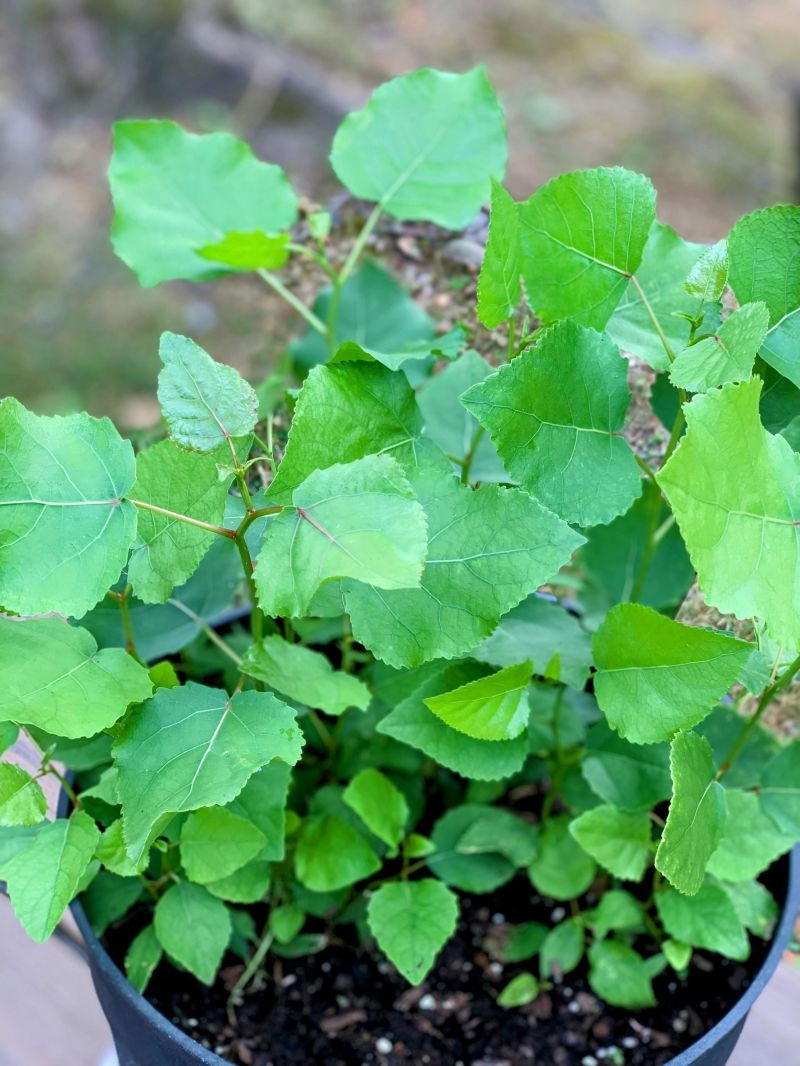When Growth Doesn’t Happen: What Leaders Often Miss
- Kelli

- Aug 6
- 2 min read
What planting trees taught me about supervision, and what it might teach you too.
Last fall, a red oak seed sprouted in a pot I’d brought indoors. I cared for it all winter, checking its soil, rotating it toward the light, nurturing it gently. When spring arrived, I thought it was ready to face the world. I planted it outside.
A squirrel dug it up. The roots were too shallow. It died.
I was heartbroken. I hadn’t meant to rush it. I just didn’t know what it needed.

A few weeks later, a maple seedling emerged. This time, I gave it more time, more
attention. But a heavy spring storm rolled through and overwhelmed it. It died too.
Eventually, cottonwoods started growing in that same pot. I didn’t intervene. I just watered them like I did everything else, and they thrived.
That’s when it hit me: I wasn’t better at growing cottonwoods.They were just easier.
The Quiet Truth of Leadership
In supervision, just like in that pot it is tempting to believe that the people who grow and thrive quickly are the “right fit.”
But sometimes it’s not about them. It’s about us. Our pace.Our comfort. The conditions we create.
It’s about whether we understand the diverse root systems each person brings; shaped by identity, culture, trauma, and lived experience. And whether we’re willing to slow down long enough to learn how to nurture what’s unfamiliar to us.
If we only know how to grow one kind of tree, we may miss the richness others offer.
This is the heart of trauma-informed supervision. It’s not just about performance reviews, staff meetings, or checklists. It’s about cultivating environments where all people—especially those whose strengths may not look familiar, can take root and flourish.
How Do You Grow a Stronger Forest?
At Silver Linings International, we work with supervisors across social services, education, healthcare, and youth development who are asking the same question:
“How do I become the kind of leader who creates lasting growth
not just for the high performers, but for everyone?”
This September, we invite you to explore that question with us in our signature Trauma-Informed Supervisor Course — a transformative learning experience rooted in real-world challenges.
Whether you’re new to supervision or seasoned and seeking a better way, this course gives you the tools to:
Lead with empathy, not just efficiency
Spot signs of trauma and vicarious stress in your team
Use cultural humility and emotional intelligence to support diverse staff
Shift from reactive oversight to intentional, healing-centered leadership
Ask why something isn't growing instead of assigning blame
You can join the live cohort this fall or enroll in our self-paced version—perfect for those juggling demanding schedules but still committed to growth.
Your team isn’t a project. It’s a living ecosystem.And leadership? It’s not just about what’s growing. It’s about noticing what’s not—and being brave enough to ask why.
Let’s stop measuring success by speed and start building roots that last.
🌿 Ready to grow your leadership?
Explore our Trauma-Informed Supervisor Courses and get ready to lead in a way that helps everyone thrive.



